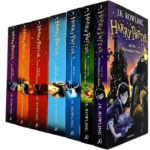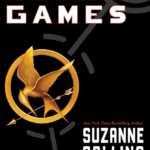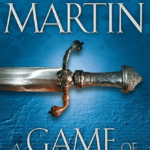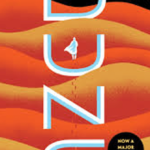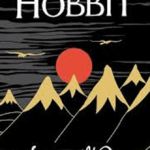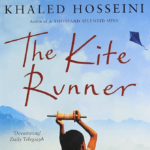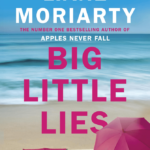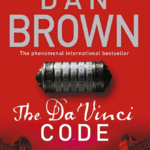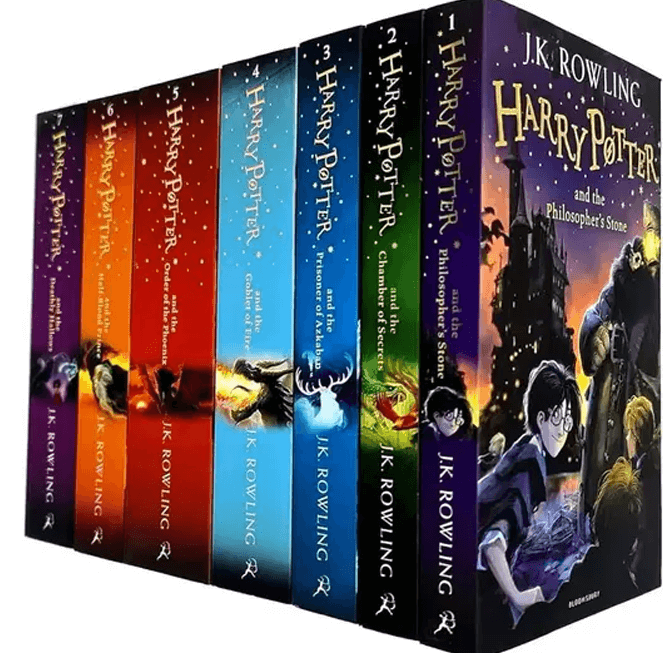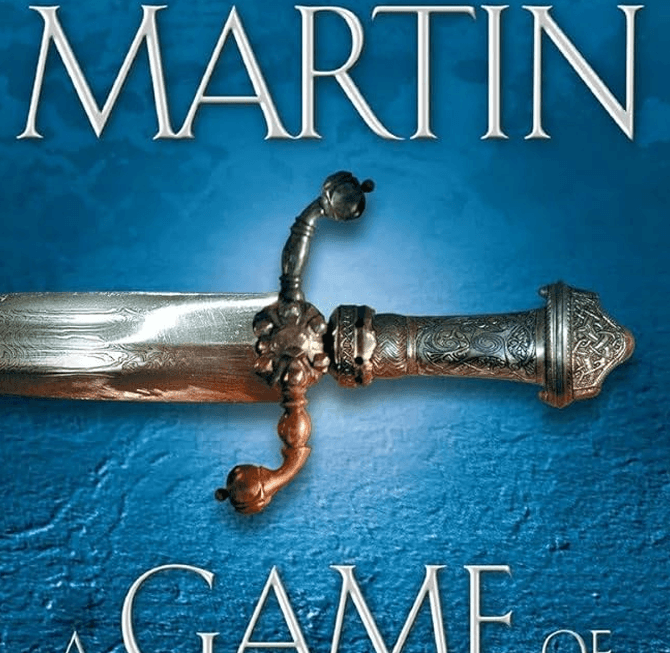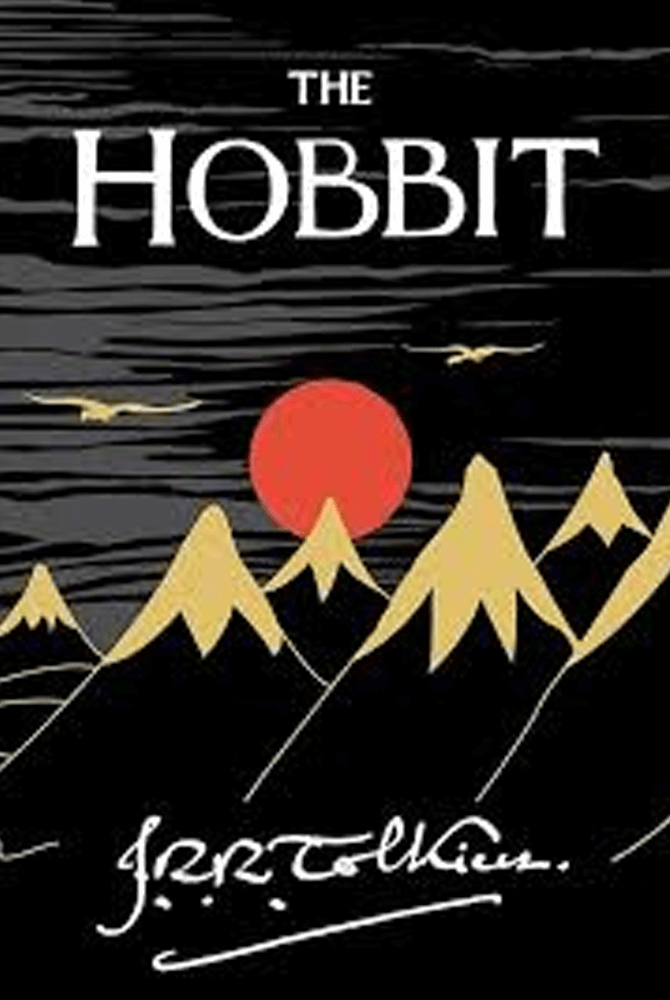
Book Title:
The Hobbit
Author’s Name:
J.R.R. Tolkien
About the Author:
Early Life and Background: John Ronald Reuel Tolkien was born on January 3, 1892, in Bloemfontein, Orange Free State (modern-day South Africa). After the death of his parents, Tolkien was raised in England, where he developed a love for languages and mythology. He went on to study at Exeter College, Oxford, where he excelled in philology.
Key Achievements or Milestones: Tolkien is best known for creating the richly detailed fantasy world of Middle-earth, which serves as the setting for both “The Hobbit” and “The Lord of the Rings” trilogy. His works are considered groundbreaking in the fantasy genre, influencing countless authors and adaptations.
Other Notable Works: In addition to “The Hobbit,” Tolkien authored “The Lord of the Rings” trilogy, consisting of “The Fellowship of the Ring,” “The Two Towers,” and “The Return of the King.” He also published “The Silmarillion,” a collection of mythopoeic stories set in Middle-earth.
Awards or Recognition: Tolkien’s contributions to literature earned him numerous accolades, including the International Fantasy Award for “The Lord of the Rings” in 1957. In 1972, he was appointed a Commander of the Order of the British Empire (CBE) and received an honorary Doctor of Letters from Oxford University.
Book Synopsis:
Genre: “The Hobbit” is a classic high-fantasy novel that blends elements of adventure, myth, and fairy tale.
Plot Introduction: The story follows Bilbo Baggins, a hobbit who enjoys a peaceful life in the Shire, free from adventure and excitement. His quiet existence is upended when Gandalf, the wizard, and a company of thirteen dwarves arrive at his doorstep, seeking a burglar for their quest to reclaim the Lonely Mountain and its treasure from the dragon Smaug.
Key Characters or Themes:
- Bilbo Baggins: The protagonist who transforms from a reluctant participant to a resourceful and courageous hero.
- Gandalf: The wise and enigmatic wizard who orchestrates the journey.
- Thorin Oakenshield: The leader of the dwarves, determined to reclaim his ancestral home and treasure.
- Smaug: The formidable dragon who guards the treasure.
Themes of bravery, friendship, and the struggle between good and evil are prevalent throughout the story. The narrative also delves into the dangers of greed and the importance of home and personal growth.
Overall Tone or Style: Tolkien’s narrative style in “The Hobbit” is lighthearted and whimsical, with a touch of humor and a sense of wonder. The book is accessible to younger readers while still offering depth and complexity for adults.
Ratings & Reviews:
Average User Rating: On Goodreads, “The Hobbit” has an average rating of 4.28 stars out of 5, based on millions of reviews. On Amazon, it maintains a similar high rating, reflecting its enduring popularity.
Notable Reviews or General Consensus: Critics and readers alike praise “The Hobbit” for its engaging storytelling, richly developed characters, and imaginative world-building. It is often lauded as a perfect introduction to Tolkien’s Middle-earth, offering a standalone adventure that complements the more epic and intricate “The Lord of the Rings.”
Unique Aspects:
- World-Building: Tolkien’s meticulous attention to detail in creating Middle-earth, with its unique languages, cultures, and history, is frequently highlighted as a standout feature.
- Character Development: Bilbo’s evolution from a timid homebody to a brave adventurer is a compelling arc that resonates with many readers.
- Tone and Accessibility: The book’s lighter tone compared to “The Lord of the Rings” makes it a favorite for younger audiences and those new to fantasy literature.
Critiques: Some readers find the pacing slow in certain parts, particularly the sections with extensive descriptions or backstories. However, most agree that these details enrich the world and contribute to the immersive experience.
Image Source: gstatic.com

